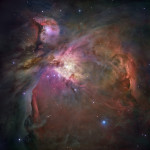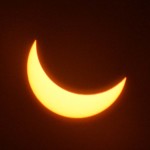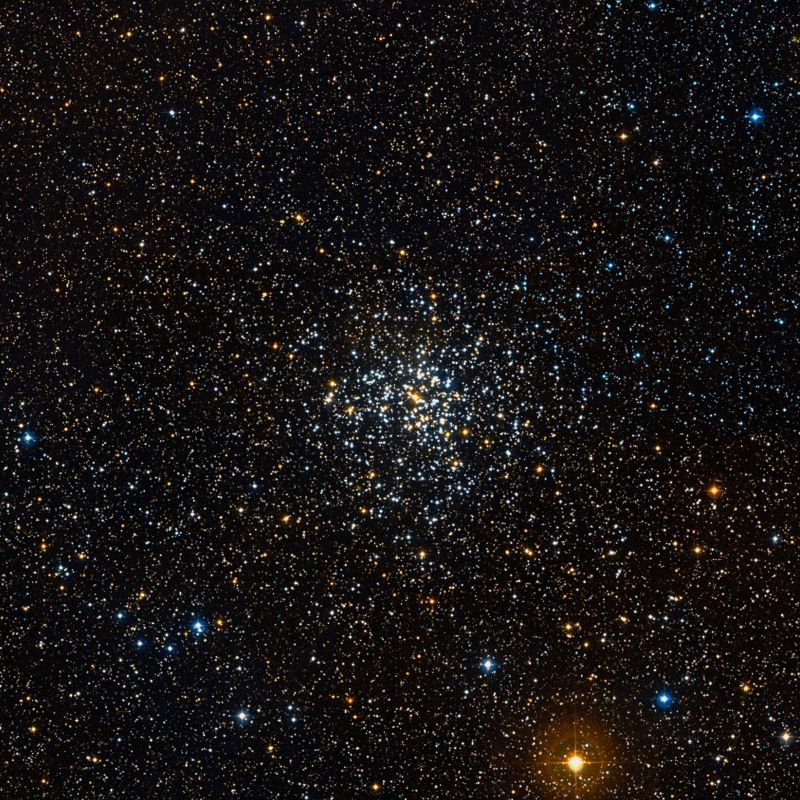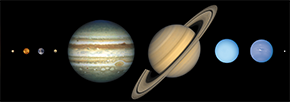·
Below is the News Release and Grand Canyon Star Party Facebook Event with schedule (the schedule is also listed below). The event will be through Facebook Live starting Saturday June 13 through Saturday June 20, 2020. Each night a talk will be given at 6 pm (Arizona/PDT) and a virtual star party at 7 pm (Arizona/PDT).
Grand Canyon National Park
https://www.nps.gov/grca/learn/news/newsreleases.htm/
Grand Canyon’s 2020 Star Party will be Hosted Virtually
[A night sky with red lighting in the forefront highlights telescopes looking at the sky. The words “Welcome to the Virtual Grand Canyon Star Party 2020!” are superimposed over the image.]
The 30th annual Grand Canyon Star Party will be held virtually June 13-20, 2020. While the on- site event at Grand Canyon National Park has been cancelled on both rims due to concerns over
COVID-19 this year, the park hopes to bring the wonders of the night sky into the virtual realm
through a series of video premieres on Grand Canyon’s official Facebook account.
https://www.facebook.com/events/252511419184647/
Go to Facebook to participate in event. Or go to Facebook and set up a personal reminder.
JUN 13 AT 6 PM – JUN 20 AT 8:30 PM
Online Event
Public · Hosted by
Grand Canyon National Park
Virtual Grand Canyon Star Party 2020
Welcome to the Virtual Grand Canyon Star Party 2020!
Grand Canyon National Park and the Grand Canyon Conservancy invite you to the Virtual Grand Canyon Star Party 2020, June 13-20…
https://www.facebook.com/GrandCanyonNationalPark/
Schedule
Saturday, June 13, 2020
6:00 PM – 7:00 PM
Dark Skies in Isolation: Why Protecting the Night Sky is More Important Than Ever by Dr. John Barentine
7:00 PM – 8:30 PM
Virtual Grand Canyon Star Party: Session 1 by the Tucson Amateur Astronomy
Association
Sunday, June 14, 2020
6:00 PM – 7:00 PM
Lions, Vultures, and a Scorpion, Oh My! A Summer Jaunt through Arabian Skies by Dr.Danielle Adams
7:00PM – 8:30PM
Virtual Grand Canyon Star Party: Session 2 by Focus Astronomy
Monday, June 15, 2020
6:00 PM – 7:00 PM
A Tour Through the Universe by Dean Regas
7:00 PM – 8:30 PM
Virtual Grand Canyon Star Party: Session 3 by the Tucson Amateur Astronomy
Association
Tuesday, June 16, 2020
6:00 PM – 7:00 PM
Infant Galaxies to Alien Atmospheres: NASA’s James Webb Space Telescope by Dr. Amber Straughn
7:00 PM – 8:30 PM
Virtual Grand Canyon Star Party: Session 4 by Focus Astronomy
Wednesday, June 17, 2020
6:00 PM – 7:00 PM
The Art of Photographing Dark Skies by Shreenivasan Manievannan
7:00 PM – 8:30 PM
Virtual Grand Canyon Star Party: Session 5 by the Tucson Amateur Astronomy
Association
Thursday, June 18, 2020
6:00 PM – 7:00 PM
One Giant Leap: Apollo Astronaut Training in the Grand Canyon by Kevin Schindler
7:00 PM – 8:30 PM
Virtual Grand Canyon Star Party: Session 6 by Focus Astronomy
Friday, June 19, 2020
6:00 PM – 7:00 PM
Astrophotography for Beginners by Bettymaya Foott
7:00 PM – 8:30 PM
Virtual Grand Canyon Star Party: Session 7 by the Tucson Amateur Astronomy Association
Saturday, June 20, 2020
6:00 PM – 7:00 PM
Planetary Defense: Surveying the Sky for Killer Asteroids by Professor Vishnu
Reddy
7:00 PM – 8:30 PM
Virtual Grand Canyon Star Party: Session 8 by Focus Astronomy
Definitely Also SEE Additional Information on NPS Web Page
Including info on 2021 GCSP:
https://www.nps.gov/grca/planyourvisit/grand-canyon-star-party.htm/ |
















